The Different Types of Vaporizers – From Vape Pens to Desktops
Vaporizer technology has come a long way since the earliest patents in the 1930s and the first commercially successful e-cigarette developed by Hon Lik in 2003. What started as a quest for a less harmful alternative to smoking has blossomed into a diverse and rapidly evolving industry. Today, vaporizers come in an astonishing array of sizes, shapes, and functionalities, catering to a wide spectrum of users – from those seeking to quit tobacco, to medical cannabis patients, to recreational consumers exploring different botanical extracts and e-liquids. Understanding the different types of vaporizers, how they work, and what they’re designed for can be daunting. This guide aims to demystify the world of vaporizers, providing a clear overview of the current landscape in 2025.
The Core Principle: Vaporization vs. Combustion
Before diving into the types, it’s crucial to grasp the fundamental difference between vaporizing and smoking. Traditional smoking involves combustion – burning a substance (like tobacco or dry herb) at high temperatures. This burning process creates smoke, which is a complex mixture containing not only the desired active compounds (like nicotine or cannabinoids) but also thousands of other chemicals, many of which are harmful and carcinogenic (e.g., tar, carbon monoxide). 1
Vaporization, on the other hand, heats the substance to a temperature that is high enough to release its active compounds and flavor profiles as an aerosol (commonly called vapor), but without reaching the point of combustion. This significantly reduces the formation of many harmful byproducts associated with smoke. This principle is central to the harm reduction potential often associated with vaporizers.2
Classifying Vaporizers: Key Distinctions
The vaporizer market can be broadly categorized based on several key characteristics: mobility/form factor, the type of material they are designed to vaporize, and their heating methodology.
1. Classification by Mobility and Form Factor
This refers to the device’s size, power source, and intended usage environment.
- Desktop Vaporizers: These are the original workhorses of the vaporizer world, designed for stationary, at-home use. Typically larger and requiring a mains power outlet, desktop units boast powerful heating elements, precise temperature controls, and the ability to produce high-quality, dense vapor over extended sessions. Their robust performance and reliability make them a favorite among serious enthusiasts and are often preferred for medical applications where consistent dosing is important. There are two main styles of desktop vaporizers based on their delivery mechanism:
- Forced-Air (Balloon) Vaporizers: These units, like the iconic Volcano by Storz & Bickel, use an internal fan to propel hot air through the herb chamber, filling a balloon bag with vapor. The user then inhales from the balloon. This method is excellent for group use or for those who prefer to sip vapor at their leisure.
- Whip-Style Vaporizers: These devices typically consist of a small box containing a heating element. The user places their material in a “wand” (a glass piece with a screen) which is then held over or connected to the heating element. Vapor is drawn through a silicone or glass tube (the “whip”) directly into the user’s mouth. Users can often control vapor intensity by varying their inhalation speed. They are known for quick heat-up times and allowing users to see the material as it’s vaporized.
- Portable Vaporizers: As the name suggests, these devices are designed for on-the-go use. They are battery-powered, compact, and come in a multitude of styles. Portable vaporizers have seen immense innovation, with many now offering sophisticated temperature controls and compatibility with various materials (dry herb, concentrates). While they may not match the sheer power or session length of a desktop unit, their convenience, discretion, and improving performance have made them incredibly popular. Examples include devices like the Mighty+, PAX series, and Firefly 2+.
- Pen-Style Vaporizers (Vape Pens): Vape pens are a subset of portable vaporizers, distinguished by their slim, cylindrical, pen-like appearance. They represent the ultimate in discretion and portability. Most vape pens are designed for use with liquid concentrates (oils) or e-liquids, often utilizing pre-filled cartridges or refillable tanks. Some models claim dry herb compatibility, but these often struggle to achieve true vaporization without combustion due to their small chambers and direct heating methods (conduction). They are typically very simple to operate, often with single-button activation.
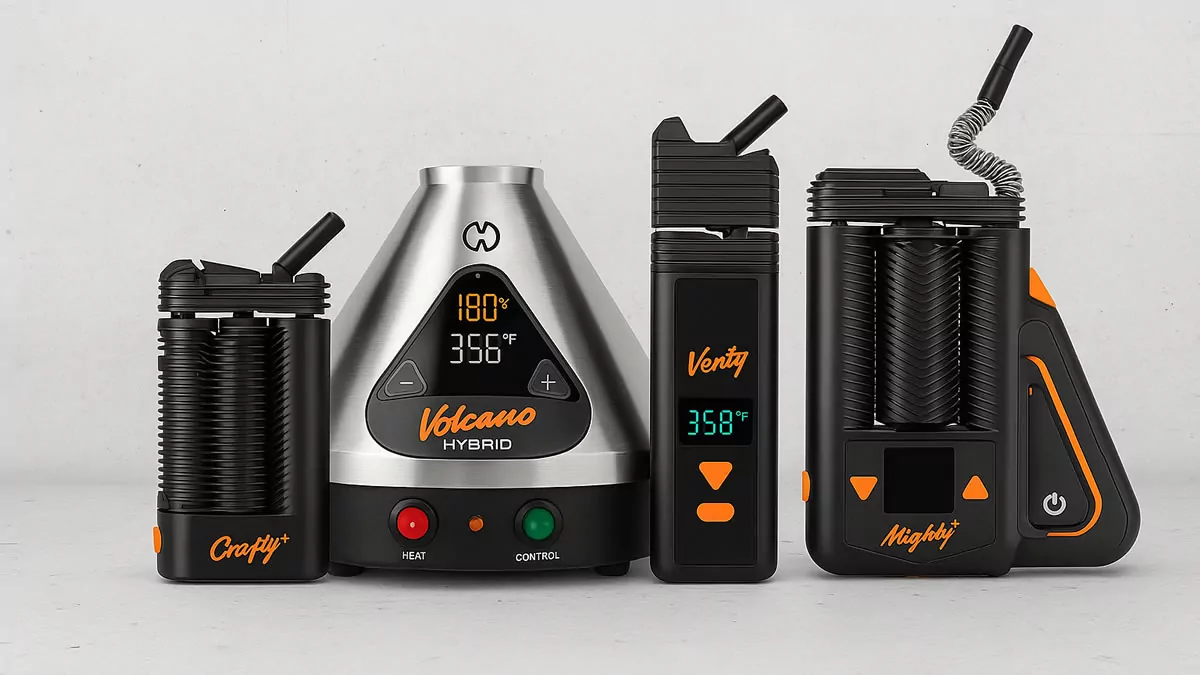
2. Classification by Material Compatibility
Vaporizers are often engineered to work best with specific types of materials.
- Dry Herb Vaporizers: These devices are designed specifically for vaporizing raw botanical material, such as cannabis flower or loose-leaf tobacco. They carefully heat the herb to release cannabinoids, terpenes, or nicotine without burning the plant matter. This preserves the natural flavor profile and avoids many of the irritants produced by smoking..
- Concentrate Vaporizers (Dab Pens/Wax Pens): These are built to handle highly potent cannabis extracts like wax, shatter, budder, or oil. Concentrates require higher temperatures for efficient vaporization. These devices usually feature specialized heating chambers or atomizers (often quartz or ceramic coils) designed for viscous materials. They deliver a more intense and immediate effect due to the high concentration of active compounds..
- E-Liquid Vaporizers (E-Cigarettes/Pod Systems): These are the most common type associated with nicotine vaping. They vaporize “e-liquids” or “vape juices,” which are solutions typically containing propylene glycol (PG), vegetable glycerin (VG), nicotine (in various strengths, or nicotine-free), and flavorings. This category includes everything from simple “cig-a-like” devices to advanced mod systems and highly popular pod-based systems (like JUUL or Vuse Alto), which use replaceable or refillable pods..
- Oil Vaporizers (for Liquid Concentrates): This is a specialized subset often overlapping with vape pens, designed for liquid concentrates like BHO (Butane Hash Oil). They might use replaceable cartomizers (atomizer and cartridge combined, often with a filler material) or clearomizers (filler-free cartridges with a visible wick and coil system). Many vape pens designed for oils can also handle other forms of concentrates, but it’s crucial to use chambers designed for the specific material to avoid damage or inefficiency.
- Dual-Use and Hybrid Vaporizers: Recognizing user desire for versatility, many modern vaporizers are designed as “dual-use” or “hybrid” devices. These can effectively vaporize both dry herbs and concentrates, often through interchangeable chambers, inserts, or specialized settings. This offers flexibility but may sometimes involve a compromise in performance compared to a device dedicated to a single material type.
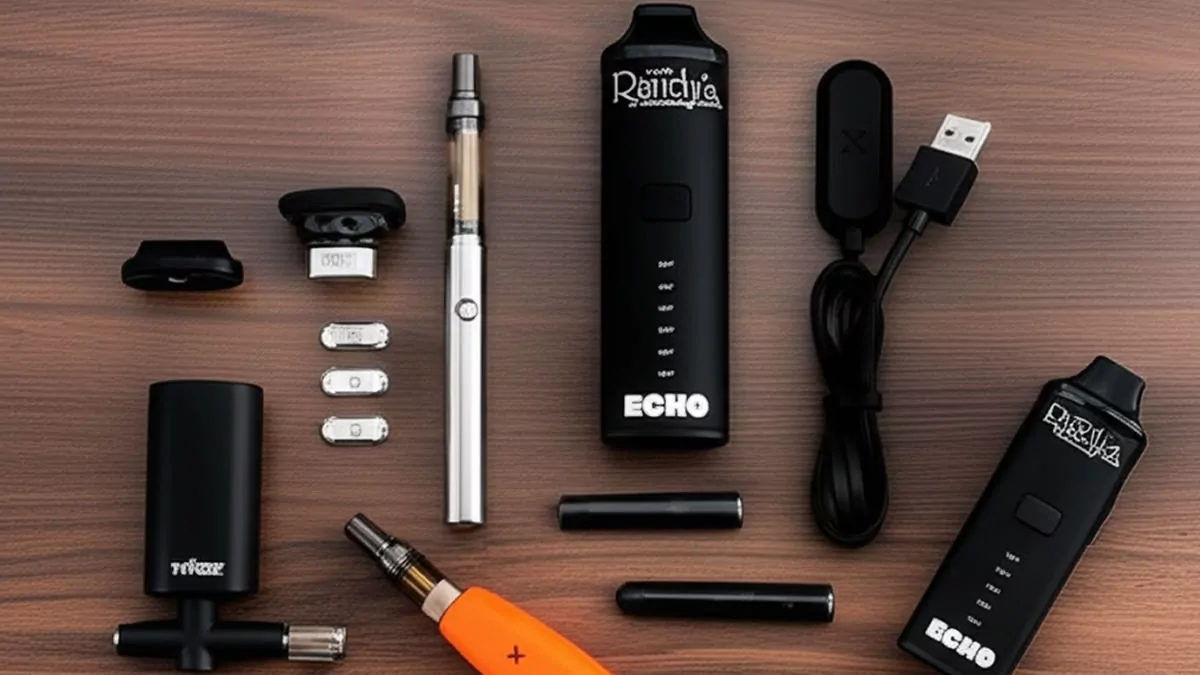
3. Classification by Heating Method
How a vaporizer heats the material is a critical factor influencing vapor quality, efficiency, and flavor.
- Conduction Vaporizers: In conduction heating, the material is placed in direct contact with a heated surface (often a ceramic or metal chamber). This allows for rapid heat-up times and immediate vapor production. However, it can sometimes lead to uneven heating, requiring stirring of the material, and carries a slightly higher risk of accidental combustion if the temperature is too high or not well-regulated. Conduction is common in many simpler vape pens and some portable dry herb vaporizers.
- Convection Vaporizers: Convection heating works by passing heated air through and around the material, rather than direct contact. This generally results in more even heating, better flavor preservation, and a lower risk of combustion, producing a purer vapor. Convection vaporizers often take a bit longer to heat up and can be more complex and expensive. They are favored by many connoisseurs for superior vapor quality. Many high-end desktop and portable vaporizers utilize convection.
- Hybrid Vaporizers (Conduction/Convection): Many modern devices employ a hybrid approach, combining elements of both conduction and convection heating. For example, the chamber walls might heat up (conduction) while hot air is also drawn through the material (convection). This aims to offer the best of both worlds: quick heat-up times and efficient initial vapor production from conduction, coupled with the thorough and flavorful extraction of convection. This is increasingly common in premium portable and desktop units.
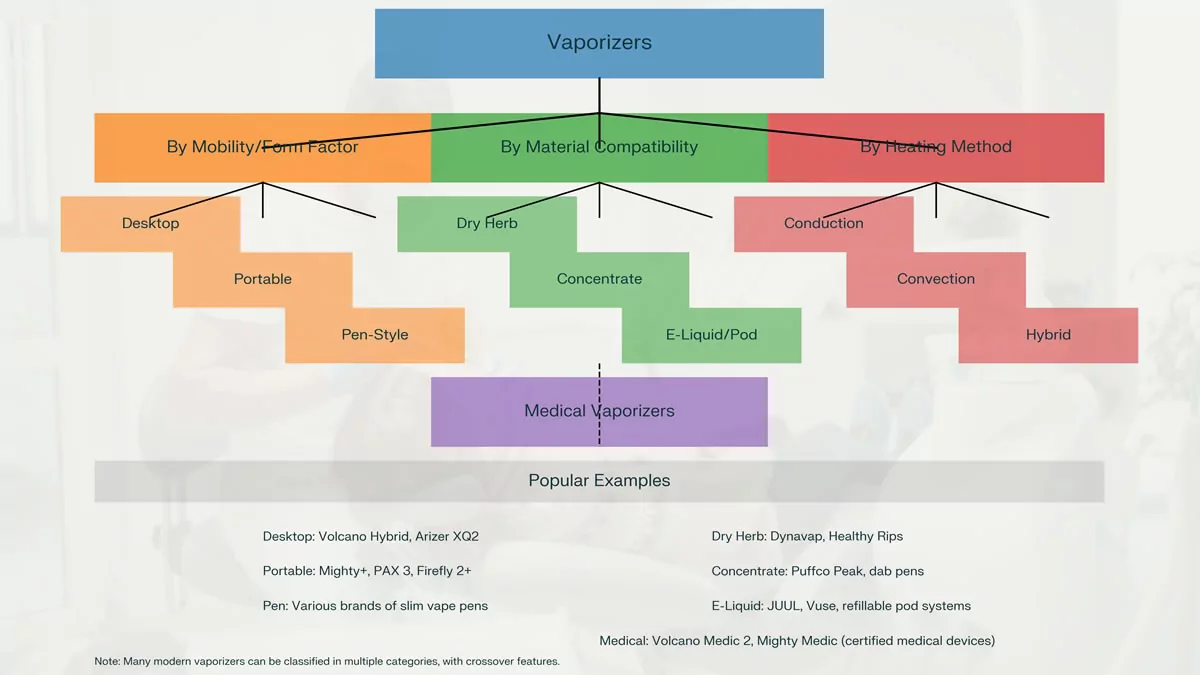
Medical Vaporizers: A Class Apart
It’s important to distinguish consumer-grade vaporizers from certified medical vaporizers. Medical devices, such as the Volcano Medic 2 or Mighty Medic (also by Storz & Bickel), are subject to much stricter quality, safety, and manufacturing standards. They are designed to deliver precise and reproducible doses of active compounds (e.g., cannabinoids from medical cannabis flos) for therapeutic purposes. These devices often undergo rigorous testing and may be certified by health authorities in certain jurisdictions, ensuring they meet pharmaceutical-grade requirements.
Choosing the Right Vaporizer: User Considerations
With such a vast array of options, selecting the “best” vaporizer is highly subjective and depends on individual needs and preferences:
- Intended Use: Are you looking for at-home sessions, or discreet on-the-go use? This will heavily influence the choice between desktop, portable, or pen-style.
- Material Preference: What will you be vaporizing primarily – dry herb, concentrates, e-liquids, or a combination?
- Budget: Prices range from under $50 for simple vape pens to several hundred dollars for high-end desktop units.
- Desired Vapor Quality: If flavor purity and smoothness are paramount, convection or hybrid heating might be preferred, often at a higher price point.
- Ease of Use and Maintenance: Some devices are very simple (e.g., pod systems), while others offer more customization and require more regular cleaning.
- Battery Life (for portables): Consider how long you need the device to last between charges.
Ecigator is one of the well-known vape brands spun off from FM Technology Co., Ltd, it’s an ISO-certified disposable vape manufacturer for OEMs, ODMs, and OBM since 2010. The founder team comes from top firms with more than 10 years of experience in the vaping industry and has devoted thousands of hours to providing users with a better and better experience.
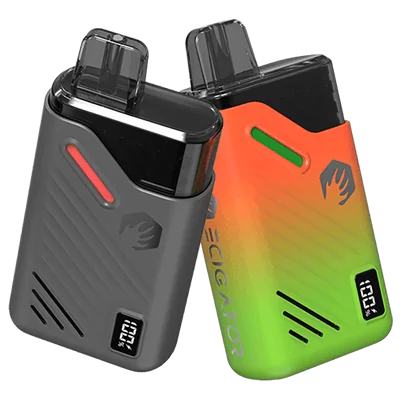
18K Disposable Pod Kit
Disposable Pod Kit – 18ml changeable pod with 650mAh rechargeable battery.
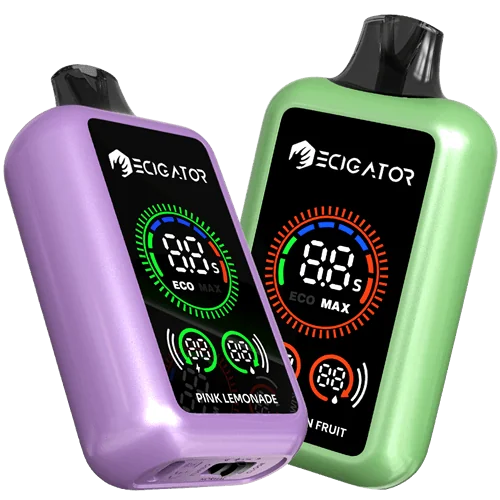
20K with Large Screen
20000 Puffs Disposable Vape with large screen. Normal and Boost working modes.
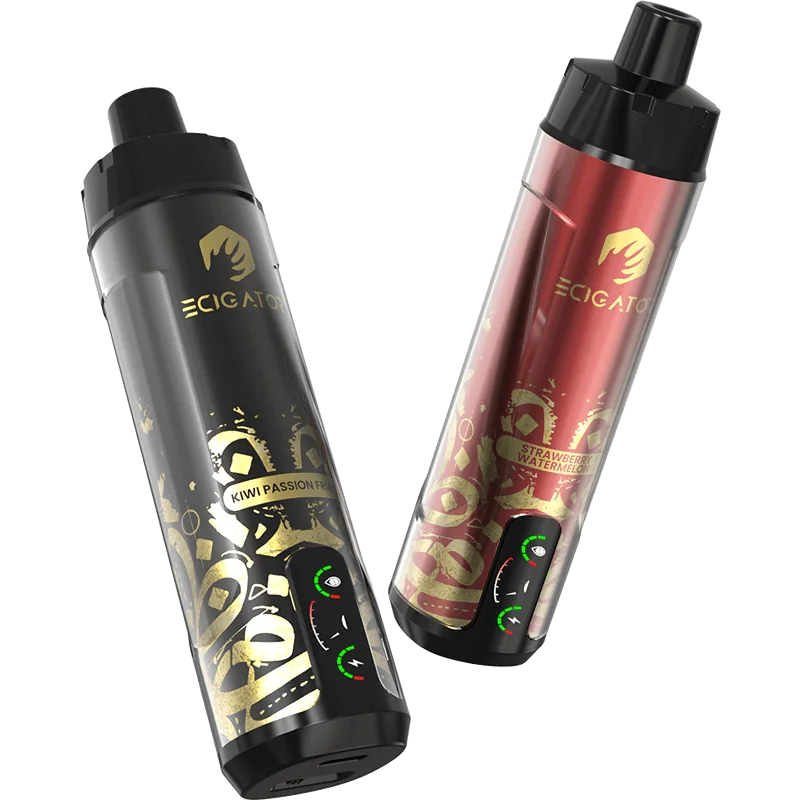
20K DTL Disposable
20K Puffs DTL(Directly to Lung) disposable vape with airflow control and screen.
Conclusion: An Evolving Technology
The world of vaporizers is one of constant innovation. From the early days of simple e-cigarettes, the technology has evolved to offer sophisticated devices catering to a multitude of preferences and needs. Whether for harm reduction, medical application, or recreational enjoyment, understanding the different types of vaporizers, their heating mechanisms, and material compatibilities empowers users to make informed choices. As technology continues to advance and regulations adapt, the vaporizer landscape will undoubtedly see further refinements, continuing its journey from a niche alternative to a mainstream consumption method for many.
References –
- What’s in an E-Cigarette? https://www.lung.org/quit-smoking/e-cigarettes-vaping/whats-in-an-e-cigarette ↩︎
- Vaping Devices (Electronic Cigarettes) DrugFacts: https://nida.nih.gov/publications/drugfacts/vaping-devices-electronic-cigarettes ↩︎
- HHC Vapes: What Are They & Are They Safe? - July 31, 2025
- Cannabis and Vape Shop Workers Rank Happiest in Nation - July 31, 2025
- Richmond, VA, Restricts New Vape & Tobacco Shop Locations - July 31, 2025







